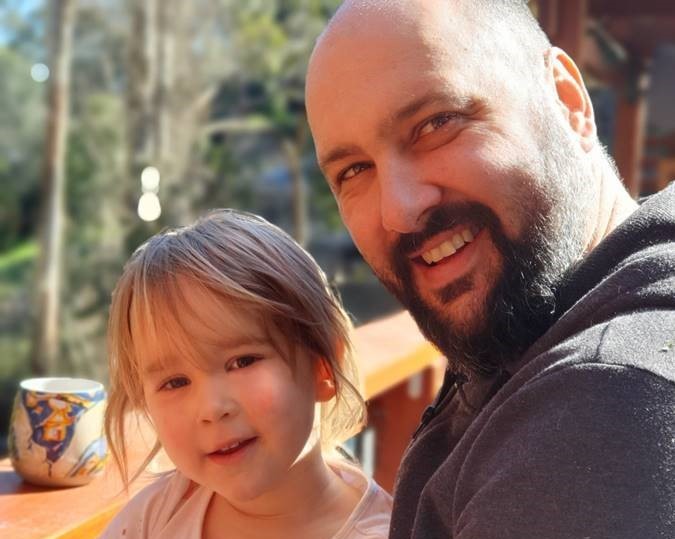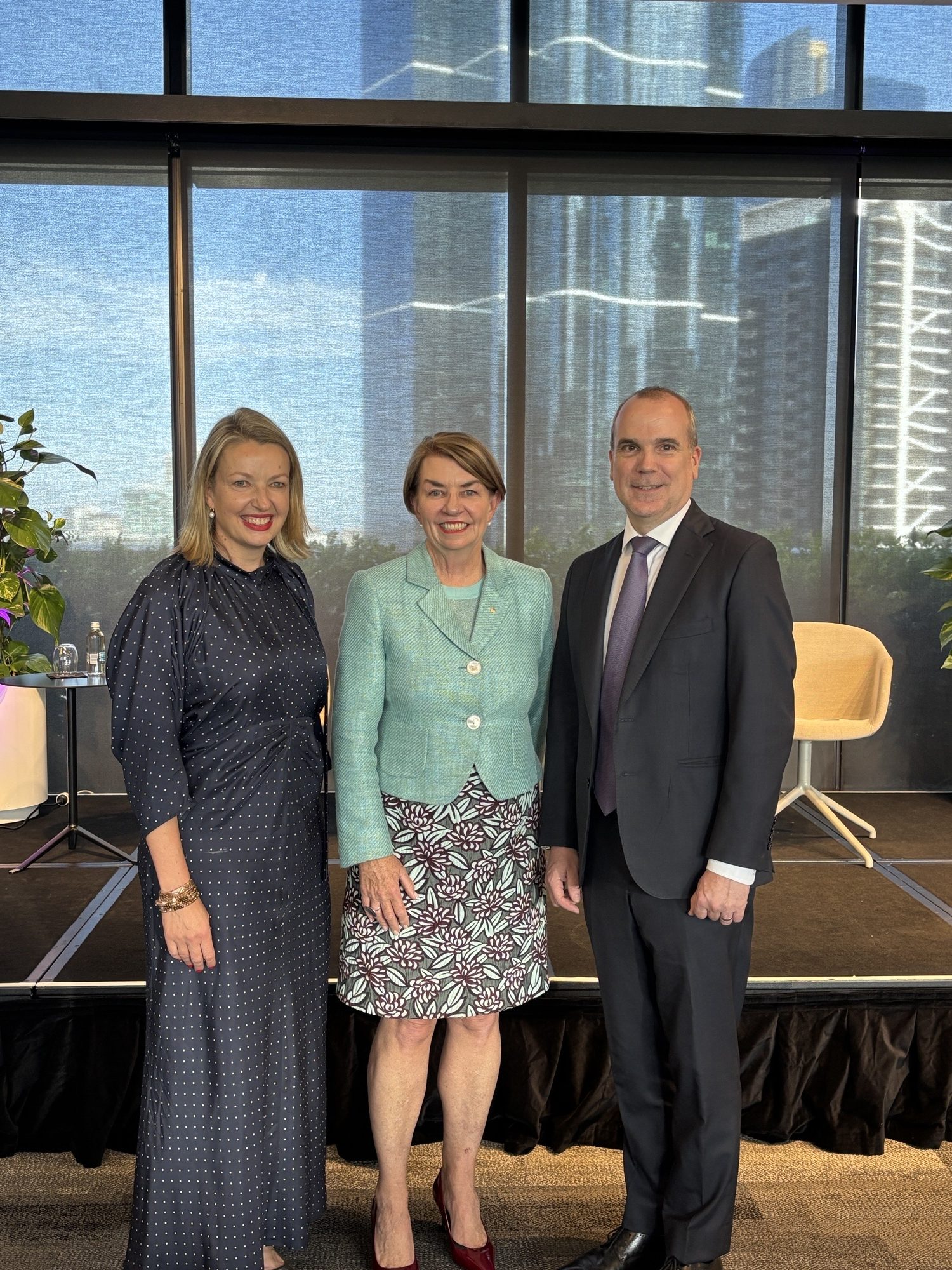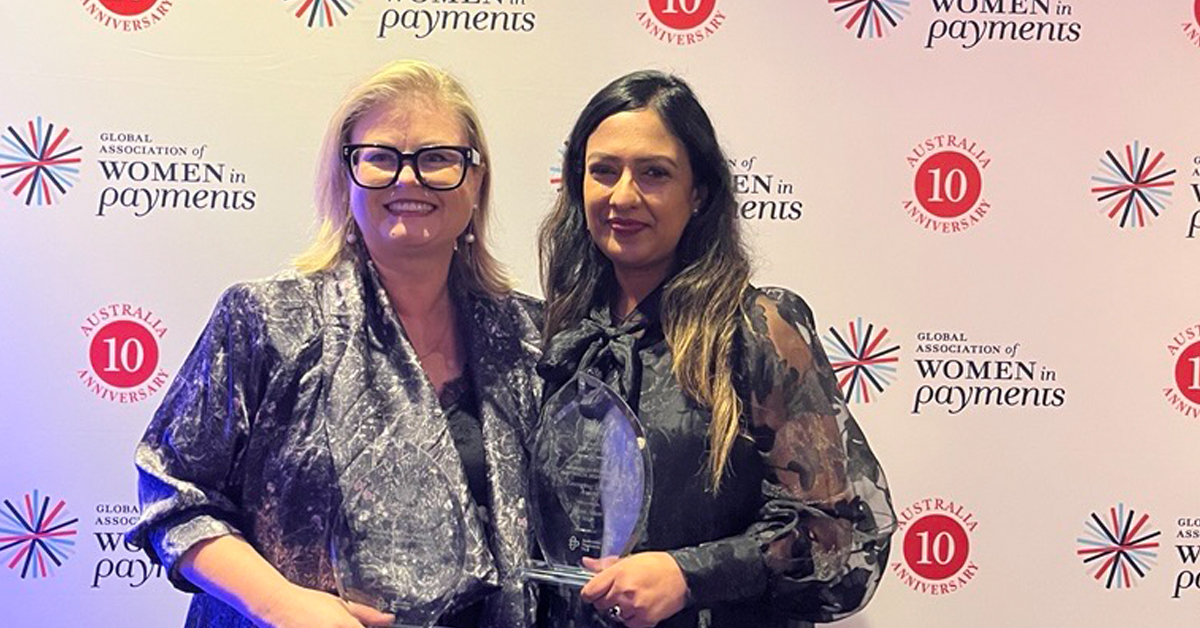*Aboriginal and Torres Strait Islander people should be aware that this story contains names and images of deceased persons*
Senior Business & Private Banking Digitisation Consultant, Daylan Pearce grew up in the suburbs of Melbourne, played ice-hockey as a kid, and never felt the kind of marginalisation that other Indigenous kids can feel growing up in Australia, which is why it feels distant to him when speaking about his Indigenous heritage.
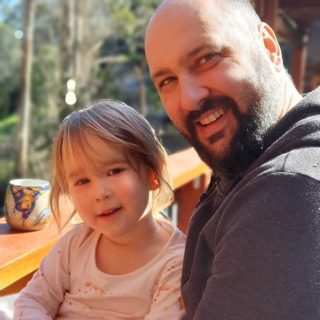
NAB’s Daylan Pearce with his daughter.“I’m white, my parents are white, so on the odd occasion where my family’s background came into conversation, a comment along the lines of ‘oh wow, no way, I wouldn’t have guessed that’ after we mention our Aboriginal background would often arise.”
While Daylan’s sister was teaching in schools around the Northern Territory’s most remote towns, she started to feel very connected to their family’s history and has since become an active participant in First Nations events, but for Daylan, he still felt like it wasn’t his story to tell.
“It’s always felt weird to me to talk about it; like I’m adopting someone else’s identity or story rather than my own. My life has been so far removed from what the general perception of what an aboriginal person experiences or is generally thought to ‘be’.”
This started to change when Daylan traced back his family roots back to 1800’s Tasmania to a man named Mannalargenna. He was the Chief of a clan in North-East Tasmania called the Plangermaireener clan. Mannalargenna was a fierce warrior and a feared guerrilla fighter who was known for his dancing whilst avoiding spears and attacks. Daylan’s family also came across the accounts and stories from that time.
“When colonists came to Tasmania, there was an immediate conflict called the Black War. It was a bloody struggle between British colonists and Indigenous Australians, which started when settlers attempted to seize land through brute force… but the Indigenous Australians fought back.”
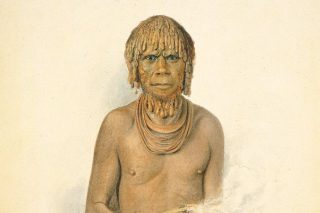
The battles were ended when the British Lieutenant General, George Arthur initiated a campaign called the “Black Line”. Arthur ordered thousands of settlers to form a giant human chain that would span for kilometres across the settled districts of Tasmania in an attempt to capture, relocate and in some cases murder all remaining Aboriginal people.
“By 1830, most groups had been wiped out. One of the four main clans that remained was the Plangermaireener of which Mannalargenna was the Chief. The decades of conflict had a huge toll on the native people. Ultimately, British forces met with Mannalargenna and convinced him that if he were to help persuade the remaining clans to move on from their homelands now, then it would be temporary and they could return to their ancestral lands to live in peace. Mannalargenna agreed, and the remaining clans were to a camp called Wybaleena (meaning Black Man’s House) on Flinders Island.”
“The colonists then reneged on their deal and the Aboriginal people were left at Wybaleena. Almost the entire Aboriginal population was eradicated from Tasmania. Mannalargenna cut off his ocre clad hair and beard on the back of this betrayal and died of pneumonia shortly after. Only 47 of the people who arrived at Wybaleena eventually made it back to Tasmania over a decade later after a successful petition to the Queen. Today, there are about 23,000 people who identify as descendants from Tasmanian Aboriginals. I’m fortunate enough to be one of them.”
Daylan believes that like any culture, there are an infinite number of stories to be told. But growing up in modern Australia, he and his siblings weren’t exposed to Indigenous stories, aside from a handful of dreamtime stories or a pop-up museum exhibit.
“Ultimately, I think these stories are exactly what NAIDOC week is all about. Weeks like these are an opportunity that has been missing for centuries. We’re fortunate enough to live in a place where one of the oldest civilisations in the world exists, but their knowledge and stories can only continue if people seek them out and tell them. This year was my turn, hopefully next year you might find one of the infinite stories available right here in our back yard to tell yourself.”

